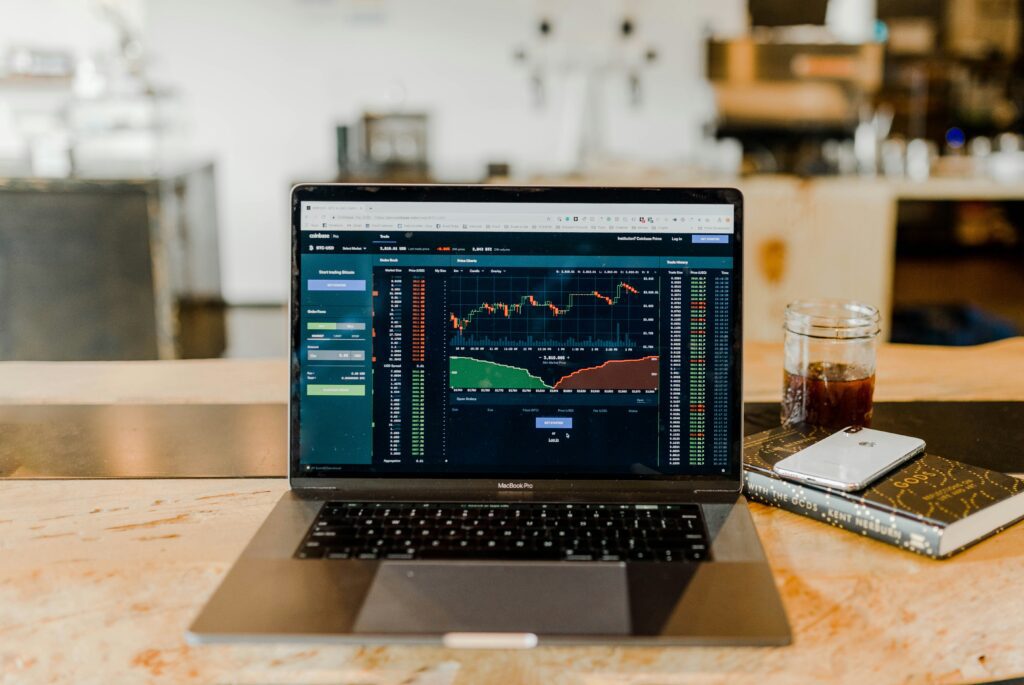In recent years, the bunker fuel industry has become increasingly volatile, driven by factors ranging from geopolitical instability to regulatory changes and market demand fluctuations. For shipping companies, which rely heavily on bunker fuel as a major operational cost, navigating this volatility has become a critical task. Bunker fuel procurement, the process of sourcing and acquiring the necessary fuel for vessels, requires strategic decision-making and risk management to ensure that companies can maintain their operations without incurring excessive costs or encountering supply disruptions.
In this article, we will explore the various bunker fuel procurement strategies employed by shipping companies, highlighting their importance in a volatile market. We will also discuss the challenges faced by companies in this regard, the role of technology and data analysis, and the evolving role of alternative fuels in the procurement strategy.
Understanding the Volatile Bunker Fuel Market
Before delving into procurement strategies, it is essential to understand the factors contributing to the volatility of the bunker fuel market. Several key variables influence bunker fuel prices and availability, including:
- Global Oil Price Fluctuations: Bunker fuel, particularly the traditional heavy fuel oil (HFO), is derived from crude oil, making it directly affected by global oil prices. Fluctuations in oil prices, often influenced by factors such as geopolitical conflicts, natural disasters, or changes in production levels by major oil-producing nations, can lead to significant price swings in bunker fuel.
- Regulatory Changes: The implementation of international regulations such as the IMO 2020 sulfur cap, which limits sulfur content in marine fuels to 0.5%, has prompted the development and adoption of low-sulfur fuel alternatives. These changes have had a major impact on fuel costs and availability, adding another layer of uncertainty for shipping companies that rely on traditional bunker fuels.
- Geopolitical Instability: Political unrest, sanctions, and conflicts in key oil-producing regions can disrupt global supply chains and affect the pricing and delivery of bunker fuel. For example, instability in the Middle East can lead to fluctuations in oil production and shipping disruptions, which directly impact bunker fuel procurement.
- Supply Chain Constraints: Port congestion, supply chain disruptions, and limited storage capacity for bunker fuel can create bottlenecks and increase fuel costs. These supply-side issues, coupled with a lack of transparency in the supply chain, further exacerbate price volatility.
- Market Demand Fluctuations: Demand for bunker fuel is closely tied to global shipping activity, which fluctuates based on factors like global trade volumes, economic cycles, and seasonal variations. For example, a surge in shipping activity due to global economic growth or the seasonal increase in demand for goods can lead to tighter fuel supplies and higher prices.
Procurement Strategies for a Volatile Market
Given the unpredictability of the bunker fuel market, shipping companies must adopt effective procurement strategies to mitigate the risks associated with price volatility and supply uncertainty. Below are some key procurement strategies commonly used in the industry:
1. Hedging Against Price Volatility
Hedging is a financial strategy used to protect against price fluctuations in the bunker fuel market. Shipping companies can hedge their bunker fuel purchases through derivative instruments such as futures contracts, options, and swaps. These instruments allow companies to lock in a price for fuel in advance, ensuring they are not exposed to sudden price hikes.
Futures contracts, for example, allow companies to agree to buy bunker fuel at a predetermined price for future delivery. This can be particularly beneficial in times of rising fuel prices, as it locks in lower rates and provides budget predictability. However, hedging is not without its risks, as it requires accurate forecasting and market analysis to determine the optimal time to enter into contracts.
2. Long-Term Contracts with Bunker Suppliers
Long-term bunker fuel supply contracts can provide stability and predictability for shipping companies by securing a fixed price or a pricing formula over an extended period. These contracts can help shipping companies avoid sudden price fluctuations and ensure a consistent fuel supply. Long-term agreements may also come with benefits such as priority access to fuel during times of scarcity, helping to mitigate supply disruptions.
However, while long-term contracts provide stability, they also come with potential downsides. For example, if fuel prices fall significantly during the contract term, the shipping company may be locked into paying higher rates than the market price. As such, companies need to carefully weigh the benefits and risks before committing to long-term agreements.
3. Spot Market Purchasing
In contrast to long-term contracts, spot market purchasing involves buying bunker fuel on an as-needed basis at prevailing market prices. This strategy provides flexibility for companies that do not want to commit to fixed pricing or long-term contracts. Spot market purchasing allows shipping companies to take advantage of temporary price dips and purchase fuel when the market is more favorable.
While spot market purchasing offers flexibility, it also exposes companies to the risks of price volatility. If market conditions change unexpectedly, shipping companies may find themselves paying higher prices for fuel, particularly during periods of high demand or tight supply.
To mitigate the risks associated with spot market purchasing, shipping companies often rely on sophisticated forecasting tools and market intelligence to monitor price trends and identify favorable purchasing windows.
4. Fuel Procurement via Bunker Brokers
Bunker brokers act as intermediaries between shipping companies and fuel suppliers, helping to negotiate prices and terms for bunker fuel purchases. By leveraging their industry knowledge and supplier networks, brokers can help shipping companies secure competitive prices and access reliable fuel sources, even in a volatile market.
Bunker brokers can also help companies navigate complex regulatory requirements, identify suitable fuel grades, and manage fuel quality. However, it is important for shipping companies to work with reputable brokers who can provide transparency and ensure that fuel purchases meet the necessary standards.
5. Diversification of Fuel Sources
Diversifying fuel sources is another key strategy to mitigate procurement risks. By sourcing bunker fuel from multiple suppliers and ports, shipping companies can reduce their exposure to supply disruptions or price fluctuations in a single location. Additionally, diversification allows companies to access different types of fuel, such as low-sulfur fuel oil (LSFO), marine gas oil (MGO), and liquefied natural gas (LNG), depending on price and availability.
Having multiple fuel supply options also provides flexibility in the event of changes in regulatory requirements or shifts in fuel price trends. Companies can select the most cost-effective fuel options while ensuring compliance with environmental regulations.
6. Technology and Data Analytics for Optimized Procurement
Advances in technology and data analytics have revolutionized bunker fuel procurement, allowing shipping companies to make more informed and data-driven decisions. By leveraging digital platforms, fuel management systems, and market intelligence tools, shipping companies can optimize their fuel procurement strategies, track market trends, and gain insights into price fluctuations.
For example, some companies use real-time data on fuel prices, shipping schedules, and port availability to forecast when fuel prices are likely to rise or fall. Data analytics can also help optimize the timing of fuel purchases, ensuring that companies can buy fuel when prices are more favorable.
Additionally, technology can be used to monitor fuel quality and ensure that the purchased fuel meets the necessary specifications, reducing the risk of engine damage or operational inefficiencies caused by substandard fuel.
7. Sustainability and the Role of Alternative Fuels
With increasing regulatory pressure to reduce carbon emissions and the maritime industry’s growing commitment to sustainability, shipping companies are increasingly exploring alternative fuels. While alternative fuels such as LNG, biofuels, and hydrogen offer a long-term solution for reducing dependence on traditional bunker fuels, they also present procurement challenges due to limited availability, high costs, and regulatory uncertainty.
Shipping companies adopting alternative fuels may need to diversify their procurement strategies further, considering factors such as fuel infrastructure, supply chain logistics, and fuel price volatility in the emerging market for green fuels.
Conclusion
Bunker fuel procurement in a volatile market requires careful strategy, risk management, and flexibility. By adopting a combination of hedging, long-term contracts, spot market purchases, and diversified fuel sources, shipping companies can mitigate the impact of price fluctuations and ensure a stable fuel supply. Additionally, leveraging technology and data analytics can provide valuable insights into market trends and help optimize procurement decisions.
As the industry shifts toward more sustainable fuels, companies must also stay ahead of regulatory changes and evolving fuel options. By adopting a forward-thinking approach to procurement and incorporating risk management strategies, shipping companies can navigate the complexities of the volatile bunker fuel market and ensure their continued success.
– Krupali Gajara


